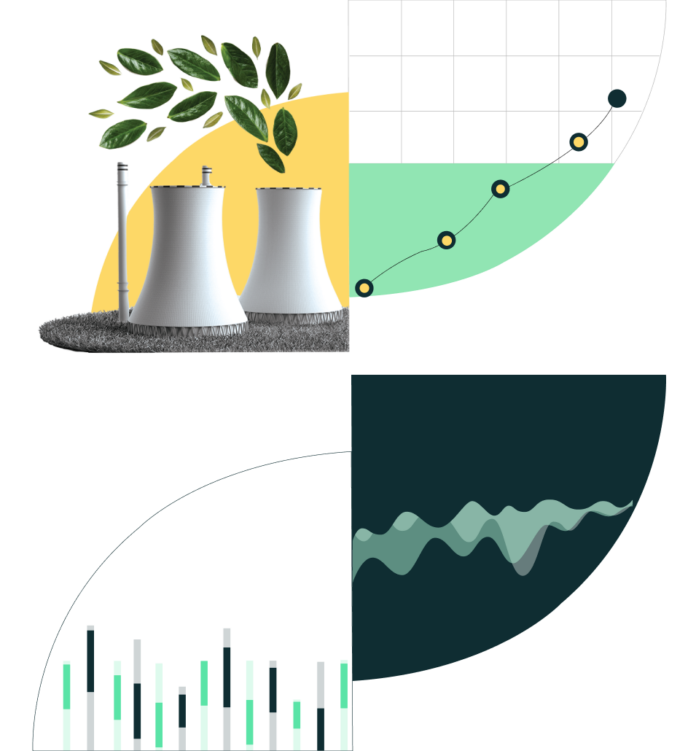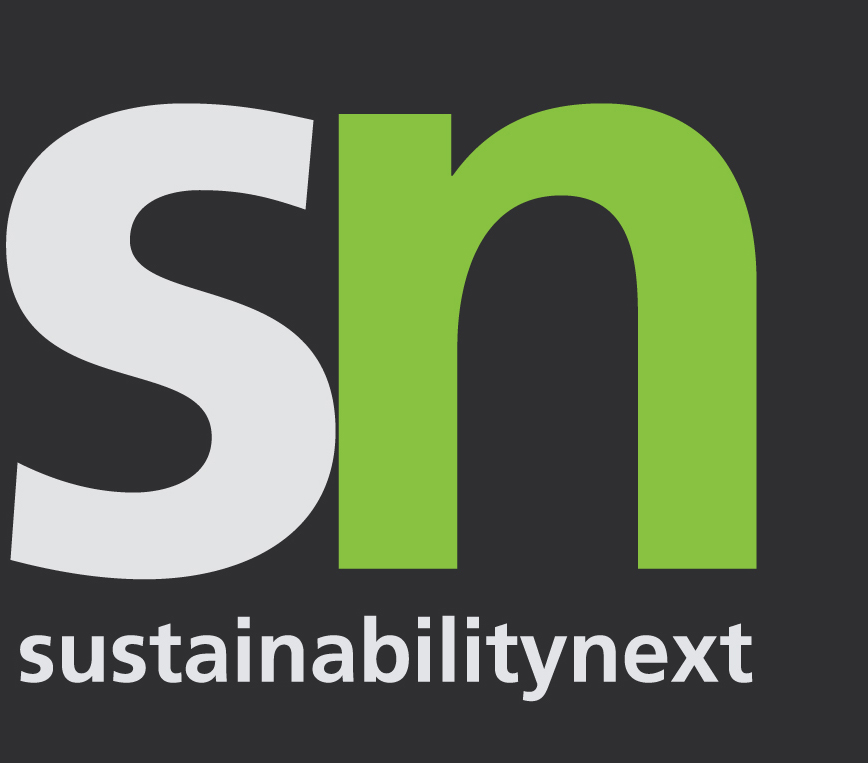When we talk about carbon emissions, the term often feels like a catch-all for our climate challenges. But let’s be honest: throwing around terms like “1000 tons of carbon” doesn’t always paint a clear picture. It’s not just about the number; it’s about the story behind that number.
For instance,1000 tons of carbon emissions from an IT company have an entirely different context, source, and implication than the same figure from a cement manufacturer. Without understanding this nuance, the true weight of these emissions and their role in the climate crisis can easily get lost.
This brings us to an important point: context is everything. Without it, the numbers we use to measure progress, allocate resources, and prioritize solutions can feel abstract or, worse, misleading. Giving meaning to these figures isn’t just helpful; it’s essential for building actionable strategies.

www.sprih.com
Now, I won’t spend much time convincing you why tackling climate change is a non-negotiable priority—we’re well past that conversation. The evidence is all around us: rising sea levels, intensifying weather patterns, and a global push by governments, industries, and organizations to honor the commitment to limiting warming to 1.5 degrees Celsius. The world is moving, albeit unevenly, in the right direction.
But here’s the catch: while the goal is clear, the journey is riddled with roadblocks. Every delay, every misstep, every overlooked detail slows us down. That’s why it’s not just about having the ambition to combat climate change—it’s about systematically removing the obstacles that threaten to derail progress.
Embracing Accountability in Sustainability
The world has reached a pivotal moment in its sustainability journey, one where accountability and transparency are no longer optional—they’re expected. For years, the impact of organizations on the environment was often discussed in vague, glossy terms, with sustainability reports sometimes resembling marketing brochures rather than tools of accountability. But we’re lucky to have entered an era where these narratives are finally being backed by data. Sustainability is shedding its “black box” image and stepping into the light, driven by real metrics and actionable insights.
Yet, the road to accountability is not without its challenges. For many organizations, data management remains a daunting task. It’s surprising that not long ago, some companies didn’t even track their electricity, waste or water consumption—only the costs associated with it. This gap in data collection was more than a missed opportunity; it was a significant roadblock to meaningful sustainability practices, particularly in areas like carbon footprint analysis.
Fragmentation: The First Pain Point
One of the most persistent challenges in sustainability is the fragmentation of data. Think about it: environmental data doesn’t come from a single, unified source. Instead, it’s scattered across facilities, covering everything from electricity and water use to waste generation and fossil fuel consumption. Consolidating this information into a coherent picture is no small feat. Even in small offices, operational emissions are generated through seemingly minor activities, but capturing these details is essential to understanding the bigger picture.
The challenge isn’t just about collecting data; it’s about connecting the dots. Without a clear and consolidated view, organizations struggle to make informed decisions, leaving sustainability efforts fragmented and less impactful.
Planning: A Long-Term Endeavor
The next hurdle is planning. True sustainability isn’t achieved with quick fixes—it’s a marathon, not a sprint. Organizations need to develop strategies that span a decade or more, often 10 to 15 years, to align with climate goals and global commitments. But long-term planning brings its own set of challenges.
Sustainability strategies must be designed to scale, adapt to changing conditions, and remain relevant as organizations grow. Whether it’s transitioning to renewable energy or implementing circular economy practices, these plans require foresight, resilience, and buy-in from multiple stakeholders.
Complexity: Navigating the Ecosystem of Solutions
The third major pain point is the sheer complexity of sustainability solutions. Sustainability isn’t a one-size-fits-all endeavor. It’s a multi-faceted process that involves diverse interventions, from energy audits to waste reduction programs, from switching to renewable energy sources to phasing out fossil fuels. Each of these solutions has unique requirements, timelines, and stakeholders involved.
For instance, improving energy efficiency may call for an audit to identify inefficiencies, followed by infrastructure changes that can take months or years to implement. Meanwhile, transitioning to renewable energy often requires significant investment, regulatory navigation, and logistical adjustments. These challenges highlight the importance of a clear, well-structured roadmap.
The Path Forward
Bringing Next-Gen Technology Closer to Sustainability
Innovation needs to happen at a rapid pace—we are running out of time. We must explore advanced next-generation solutions to accelerate action toward a sustainable future.
Sustainability managers face numerous daunting tasks, starting with auditable measurement and identifying the right solutions to drive progress.
We need to harness the power of AI for sustainability and explore how it can help us identify the best solutions to reduce emissions, increase system efficiency, and minimize energy consumption. While it is essential to incorporate technology at a larger scale, we must also focus on its application at the organizational level.
Meaningful climate action will begin when transparency, accuracy, and action come together—and all three can be amplified through the use of next-generation technology.
Deep Tech in Sustainability
Humans have caused significant damage to the climate at an accelerated pace. We have exhausted and exceeded the available carbon budget. While we are on the brink of a climate crisis, we are still not acting fast enough. Governments are introducing policies and regulations for companies to reduce carbon emissions, but the path forward is not easy; options for decarbonization remain limited.
There must be significant investment in deep tech solutions to help decarbonize the world. Alternative energy sources need to take center stage. While renewables have yet to reach their full potential, new sustainable energy sources must also be developed. Focused investments of both time and money are essential to discovering innovative ways to achieve decarbonization.
Reducing consumption will certainly aid in lowering carbon emissions, but it alone will not achieve net-zero goals. Therefore, it is critical to work on advancing deep climate tech to reduce emissions and offset those that remain.
Understanding and addressing carbon emissions is not just a technical challenge—it is the cornerstone of meaningful climate action. For organizations, the journey begins with recognizing that sustainability initiatives can offer significant business advantages. Yet, many are still waiting for laws to take effect before acting. This mindset needs to shift from viewing sustainability as a cost center to embracing it as a strategic advantage. Delaying action can result in misaligned business and sustainability goals.
To truly make a difference, businesses must prioritize sustainability and consistently monitor their progress. This is not just about regulatory compliance; it is about contributing to the global fight against climate change. Engaging with supply chains is particularly critical, as emissions from indirect operations often constitute the largest share of a company’s carbon footprint.
Furthermore, regulators and government bodies must introduce policies and funding to support deeper research into decarbonization.
What’s clear is this: we need to act now. Sustainability must become part of core business discussions and boardroom agendas now, but the journey is complex. From tackling data fragmentation to creating scalable and implementable sustainability plans and navigating intricate solutions, organizations must find a way to overcome these obstacles. By doing so, sustainability can evolve from a set of abstract ideals into a measurable, actionable, and transformative force for good.










